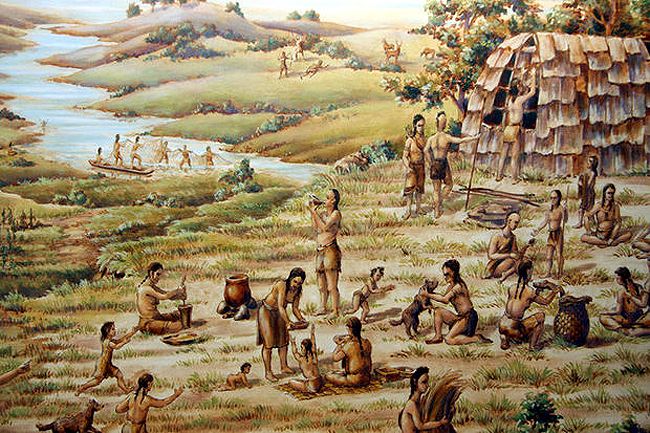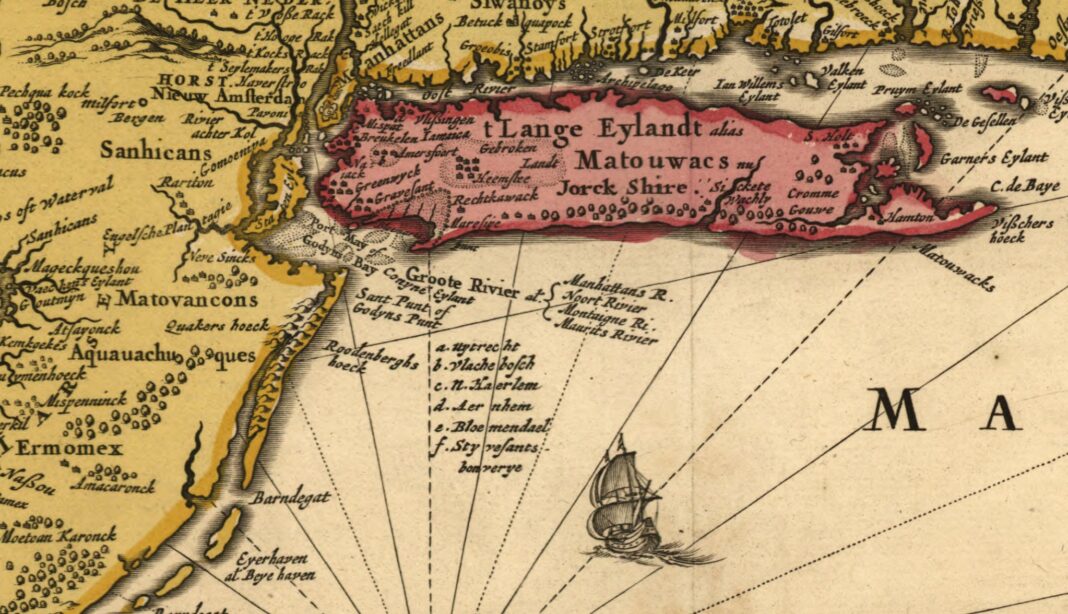For years, American history has been taught through the lens of colonization. The erasure of America’s indigenous people has persisted for centuries, suppressing the rich and profound history of generations of native populations. Despite decades of displacement and disenfranchisement, however, America’s indigenous populations persist and advocate for a brighter future for their people. Today, let’s look inside Trenton’s native population and explore the vast world of the Lenni-Lenape people.
The Lenape, or the Lenni-Lenape, were the first settlers of Trenton and communities throughout the region. The tribe’s historical territory includes New Jersey, Pennsylvania, the Lower New York Bay, and parts of Delaware. Lenni means genuine or original, while Lenape translates to “real/original person,” inferring that this was the region’s original people. The tribes were then broken into three subdivisions:
- The Minsi, or “the people of the stony country,” lived in the North
- The Unami, or “the people down the river,” lived in Central regions
- The Unilachtigo, or “the people who lived near the ocean,” lived in the South
The Lenni-Lenape were great stewards of the land, working with the seasons to maximize food and crop production. A highly skilled community familiar with the ins and outs of New Jersey’s ecosystem, the Lenape population could rely on the land for food, clothing, shelter, and more. Known as skillful hunters, gatherers, and fishermen, the Lenape built a thriving civilization alongside the ebbs and flows of the natural world.

Regretfully, however, as is the case for many of America’s native populations, European colonization proved a vast detriment to the Lenape tribe. With European settlement came war, disease, and displacement, resulting in great turmoil for tribes throughout the United States. The Lenape did not have many encounters with Europeans until the 1600s when Dutch settlers began making their way to the United States. The Dutch community treated the natives contemptuously, subjecting them to indignities and violence that would ultimately prove a perilous cost to this vulnerable population.
With the Europeans came illness, guns, and alcohol, placing a massive stressor on the already-dwindling quality of life of natives. As European settlement became more prominent, risks to the Lenape expanded. By the turn of the 18th century, the Lenape population had dwindled to approximately a quarter of what it once was. Ultimately, by the time of the passage of the Treaty of Easton in 1758, many of the Lenape were left with no choice but to depart from their native lands and move to other parts of the country, including Ontario, Wisconsin, and Oklahoma. However, despite all this population has endured over the years, their legacy persists in the lives of Lenape citizens.
In recent years, there has been a reckoning of our history and a push to face the uncomfortable realities of our nation’s past. Surviving local Lenape populations continue to fight for the recognition this community deserves, as it was the Lenape who first settled the place we now call home. The Lenape still has a thriving population in areas of the state, including Salem and Cumberland Counties, keeping the legacy of New Jersey’s First Peoples alive. At the same time, there is no way to erase the grave injustices of the past; a great debt is owed to those who have kept this incredible culture alive despite oppression and colonization.
To understand this history is to understand the foundation of New Jersey and surrounding communities, providing profound insights into what life was like before America was colonized. As we grapple with the difficult aspects of our history, may we continue to uphold the lives and experiences of those who came first.





